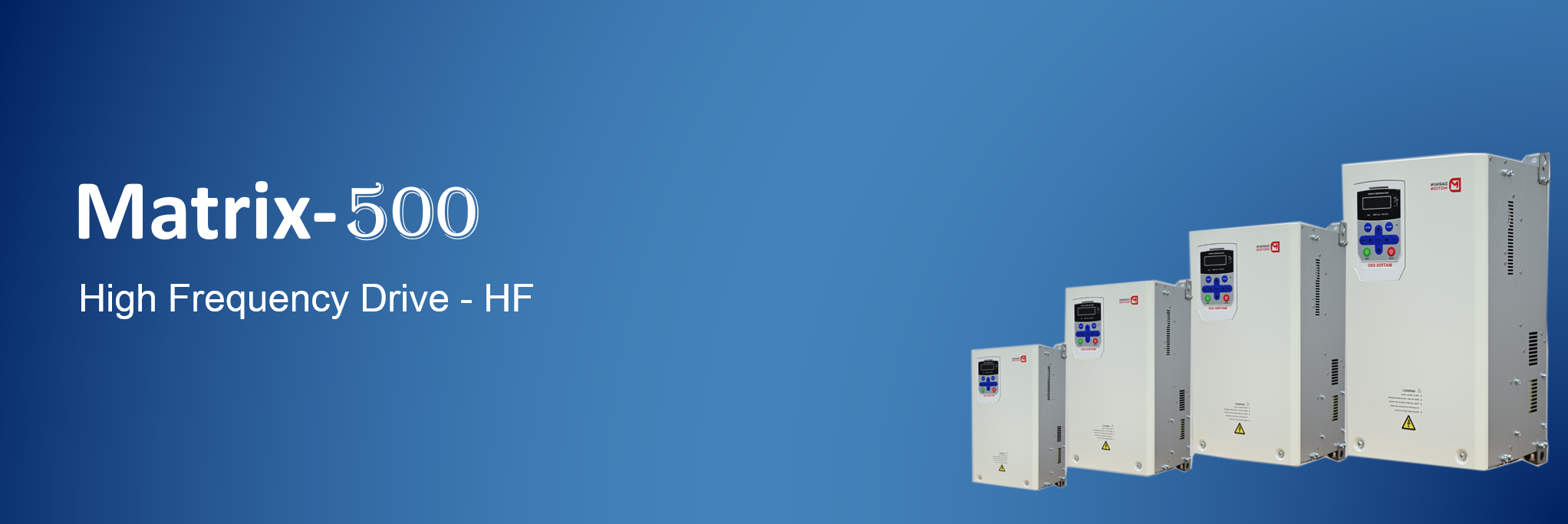Posted on 21st Jul 2023

We don't always need to operate an electric motor at its rated maximum speed. The motor needs to be driven at various speeds in this situation. In this instance, we utilise VFD to increase or decrease the frequency and voltage in industrial process control applications to achieve the desired motor speed.
Electricity powers every motor. They consume a specific quantity of electricity and provide us with a specific torque, motion, or speed to power our industrial process.
According to the demands of the industry's processes, we must maintain the motor speed. There is a chance that some uncertain conditions could arise if the motor's speed is either greater or lower than the needed speed, so the motor's speed (RPM) can be changed accordingly by using the variable frequency drive.
The motor's speed is managed in relation to the load, but only within its predetermined upper and lower limitations. As a result, as the load increases, the speed decreases proportionately, and vice versa, but the speed variation stays within the pre-set range.
Controlling motion using VFD drives
Let's think about the process sugar sector. Depending on the mill load, the speed of the mill can be adjusted in the sugar industry.
Because of their strong qualities and low maintenance requirements, 3-phase induction motors are used in this situation. Through the use of a variable frequency drive (VFD) or servo drive, SCADA and PLC may control and monitor the three-phase induction motor's rotational direction and speed.
For the manufacturing of their finished goods, industries or factories go through a variety of stages.
As an illustration, let's look at the flow of cane juice in the sugar industry.
We require the appropriate pump and motor setup in order to raise the fluid (cane juice) out of the storage. Here, the induction motor's speed, which is managed by the VFD drive or solar drive, determines the flow.
But depending on the situation, it may be necessary to regulate the fluid's flow rate as it moves from one location to another. The motor pump's speed is changed by the variable frequency drive (Solar VFD) in accordance with the setpoints specified by the control room operator.
Think of a motor pump that can pump 500 m3 per hour, or 500 tonnes per hour. However, if there is no VFD, the pump will discharge the entire flow rate when the motor pump is switched on.
However, depending on the situation, we must gradually increase or decrease the fluid's flow rate. We need to manage the motor pump's speed for that, and we can achieve that by utilising a VFD.
We employ things called DRIVES to regulate the motor's speed and torque and match it to the demands of our process.
Drives used to control AC motors are known as AC drives.
Variable frequency drives, variable speed drives, adjustable speed drives, and inverter drives are other names for AC drives.
Drives for DC motors are known as DC drives.
DC motor speed control methods are known as DC drives. Due to the fact that the DC motor's speed is inversely proportional to motor flux and directly proportional to armature voltage.
Why AC drives?
For their process applications, 3 PHASE induction motors are used in 85% of the industries. These three-phase induction motors' speed, torque, and direction can all be managed using AC drive or VFD drives.